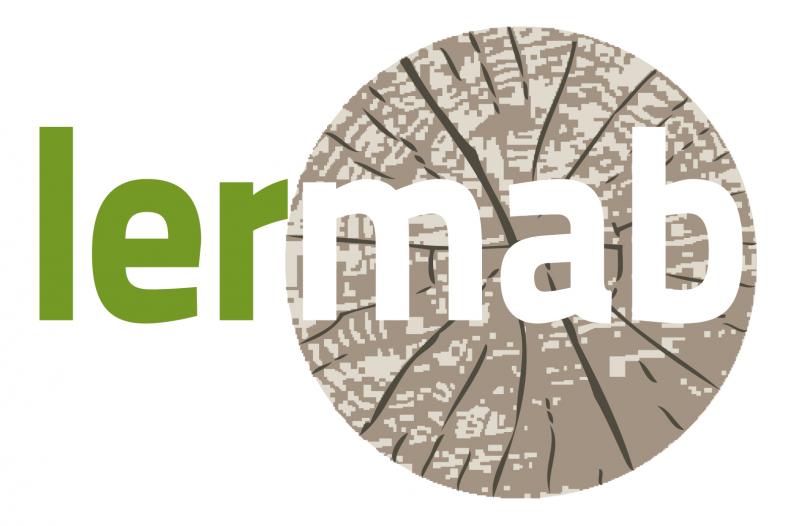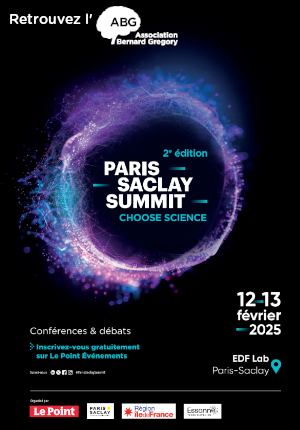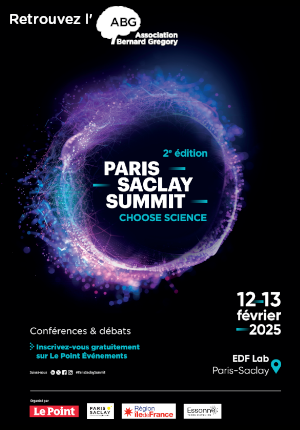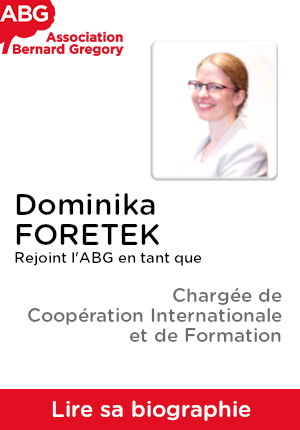Chercheur post-doctoral "Hemisynthesis of original bioactive amphiphilic molecules based on pentoses from lignocellulosic biomass
| ABG-128095 | Job | Confirmed |
| 2025-01-27 | Fixed-term 12 Month | > €25,000 and < €35,000 annual gross |

Employer
LERMAB (Laboratory for Studies and Research on Wood Materials) is a multidisciplinary laboratory of the University of Lorraine (UR 4370) linked to the INRAE center in Nancy-Lorraine as USC (unit under contract). It is located on two main sites (on the Épinal wood campus and at the Faculty of Science and Technology in Vandoeuvre-lès-Nancy), and also has a presence in Longwy in IUT.
It has just over fifty permanent staff, mainly teaching researchers with expertise in different scientific fields (physical and organic chemistry, mechanics, chemical engineering, biology), as well as around forty non-permanent staff (PhD students, post-docs, contract scientists and undergraduate or master's interns).
Drawing on various scientific skills such as biology, chemistry, energy, process engineering, physics, mechanics, and civil engineering, the laboratory develops research related to wood and natural fibers, ranging from the molecular scale to the macroscopic evel of the material, and even to the scale of wood structures.
Position and assignments
The project aims to develop low-molecular-weight amphiphilic derivatives with antibacterial and gelling properties derived exclusively from renewable raw materials and combining sugars derived from the hydrolysis of hardwood hemicelluloses, amino acids or small peptides and fatty acids , and also polyphenol-type compounds derived from plant biomass. One of the objectives is also to combine compounds with gelling properties and additional functionalities, in particular anti-proliferative and anti-bacterial or anti-fungal properties. One of the envisaged ideas, is to associate a polyphenol or a phenolic acid-type unit as a substitute for the aromatic units in the side chains of the amino acids responsible for the gelling properties, in order to provide antioxidant and metal cation complexing properties to act synergistically and increase antibacterial properties. The first step will therefore be to mimic the gelling molecules obtained previously, using pentoses, amino acids - or small peptides - , polyphenols and fatty acids or derivatives. After characterising the self-assembling and gelling properties of different media (aqueous or oil), the physicochemical and biological properties of the gels obtained can be characterised. The aim will also be to establish chemical structure-gelling temperature relationships in order to design gels that can be programmed to respond precisely to specific temperatures so that they can be used for medical applications.
Geographic mobility:
Telework
Starting date
Profile
Organic chemist with experience in hemysynthesis and green chemistry. Experience in characterizing the self-assembly properties of amphiphilic compounds will be a plus.
Goals
Design and develop a strategy for the synthesis of multifunctional gelling compounds and characterize the corresponding self-assembly properties as well as those of the resulting hydrogels and organogels.
Vous avez déjà un compte ?
Nouvel utilisateur ?
Get ABG’s monthly newsletters including news, job offers, grants & fellowships and a selection of relevant events…
Discover our members
 SUEZ
SUEZ  Généthon
Généthon  ANRT
ANRT  Tecknowmetrix
Tecknowmetrix  Groupe AFNOR - Association française de normalisation
Groupe AFNOR - Association française de normalisation  Institut de Radioprotection et de Sureté Nucléaire - IRSN - Siège
Institut de Radioprotection et de Sureté Nucléaire - IRSN - Siège  ONERA - The French Aerospace Lab
ONERA - The French Aerospace Lab  Ifremer
Ifremer  MabDesign
MabDesign  CESI
CESI  ADEME
ADEME  MabDesign
MabDesign  TotalEnergies
TotalEnergies  Institut Sup'biotech de Paris
Institut Sup'biotech de Paris  PhDOOC
PhDOOC  Aérocentre, Pôle d'excellence régional
Aérocentre, Pôle d'excellence régional  CASDEN
CASDEN  Nokia Bell Labs France
Nokia Bell Labs France  Laboratoire National de Métrologie et d'Essais - LNE
Laboratoire National de Métrologie et d'Essais - LNE







